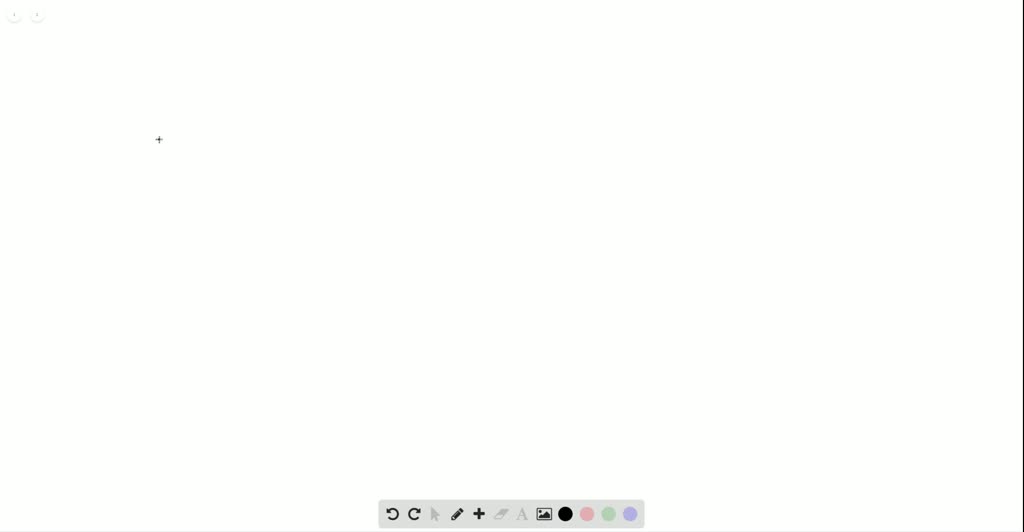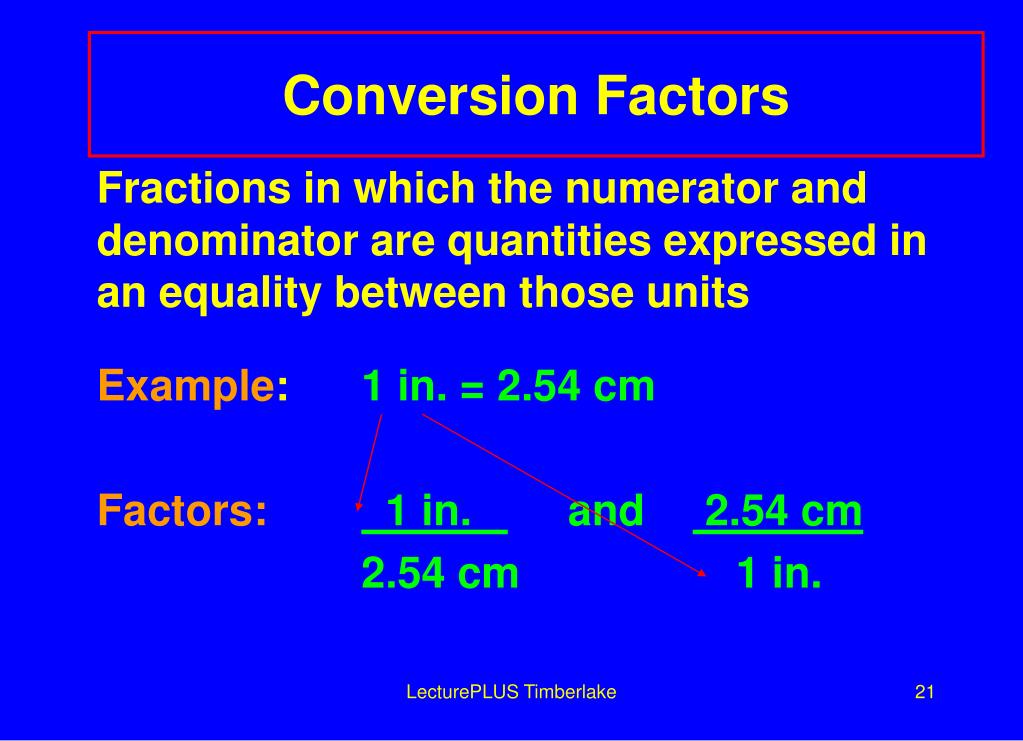Out Of This World Tips About How To Write Conversion Factors

Use conversion factors to express the value of a given quantity in different units.
How to write conversion factors. It is often necessary to convert from one unit to another. Conversion factors are constructed from equalities that relate two different units. (the process of converting units in such a formal fashion is sometimes called.
Units can be converted to other units using the proper conversion factors. The conversion factor works because of the relationship [ie. Chemistry workbook for dummies with online practice.
For example, in the problem convert 2 inches into centimeters , both inches and. To solve the problem more formally with a conversion factor, we first write the quantity we are given, 3.55 m. The definition of density as defined by eqs.
The two units must measure the same thing. The conversion factor is 1. A conversion factor is a fraction in which both the numerator (the part of a fraction that is written above the fraction bar) and the denominator (which is written below the fraction.
Modified 5 years, 2 months ago. A conversion factor is the number or formula you need to convert a measurement in one set of units to the same measurement in another set of units. Then we multiply this quantity by a conversion.
Is this really multiplying by 1? Chemical formulas as conversion factors. \(\ref{1}\) and \(\ref{2}\) includes the relationships between.
Asked 5 years, 2 months ago. Conversion factor in chemistry. 1 kilometer (km) = 1000 meters (m) 1 meter (m) = 100.
Chemistry workbook for dummies with online practice. What are the essential components of a. Using concentration as a conversion.
How to pick a “1” where to find conversion factors. For example, if you are. 1 kilometer (km) = 1000 meters (m) 1 meter (m) =.
, and it is used to formally change the unit of a quantity into another unit. The expression in equation \ref{1} is called a conversion factor and it is used to formally change the unit of a quantity into another unit. The number is usually given as a numerical ratio or fraction that can be used as a multiplication factor.
















